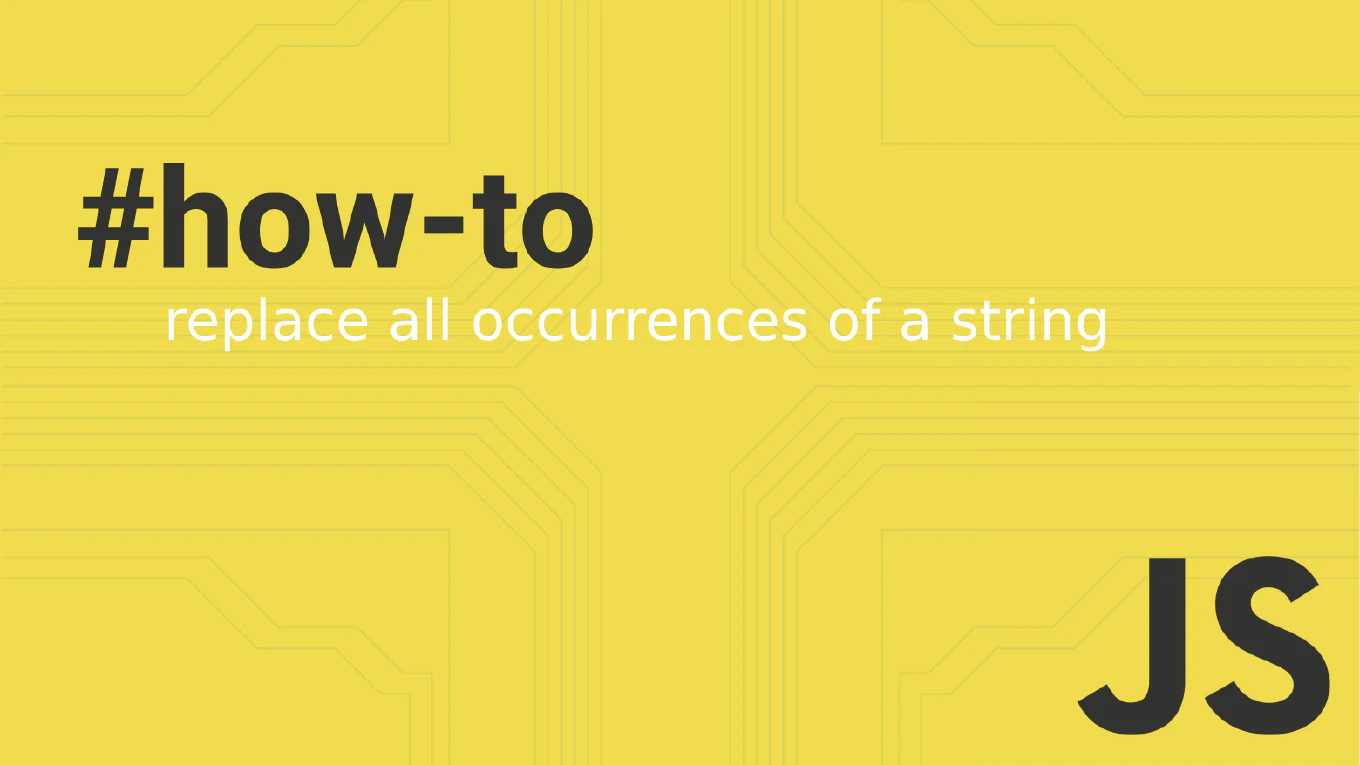How to use onBeforeUnmount in Vue
Performing cleanup tasks before a component is unmounted is crucial for preventing memory leaks and ensuring proper resource management in Vue applications.
As the creator of CoreUI, a widely used open-source UI library, and with over 25 years of experience in software development including Vue.js since 2014, I’ve implemented countless components that require cleanup of timers, subscriptions, and event listeners.
The most effective approach is using the onBeforeUnmount lifecycle hook in Vue 3’s Composition API, which provides the perfect timing for cleanup operations.
This hook is essential for maintaining application performance and preventing memory leaks in long-running applications.
How to use onBeforeUpdate in Vue
Executing code before reactive data changes trigger component re-renders is crucial for performance optimization and state preparation in Vue applications.
As the creator of CoreUI, a widely used open-source UI library, and with over 11 years of experience in software development including Vue.js since 2014, I’ve optimized countless components where pre-update logic is essential for smooth user experiences.
The most effective approach is using the onBeforeUpdate lifecycle hook in Vue 3’s Composition API, which provides the perfect timing to capture current state before changes are applied.
This hook is ideal for comparing previous and current values or preparing for expensive operations.
How to use onBeforeMount in Vue
Executing code right before a component is mounted to the DOM is essential for last-minute setup and preparation tasks in Vue applications.
As the creator of CoreUI, a widely used open-source UI library, and with over 11 years of experience in software development including Vue.js since 2014, I’ve implemented countless components that require pre-mounting configuration.
The most effective approach is using the onBeforeMount lifecycle hook in Vue 3’s Composition API, which provides the perfect timing for final preparations before DOM creation.
This hook is ideal for tasks that need to happen after reactive setup but before the component becomes visible.
How to use ngAfterContentInit in Angular
Working with projected content and content children requires knowing when they are fully initialized and available for interaction.
As the creator of CoreUI, a widely used open-source UI library, and with over 11 years of experience in software development including Angular since 2014, I’ve built numerous components that use content projection for flexible layouts and reusable designs.
The most effective approach is using the ngAfterContentInit lifecycle hook, which ensures that all projected content and content children are properly initialized and queryable.
This hook is crucial for components that need to interact with or configure projected content.
How to use ngAfterViewInit in Angular
Accessing child components and DOM elements after the view has been fully initialized is a common requirement in Angular applications.
As the creator of CoreUI, a widely used open-source UI library, and with over 11 years of experience in software development including Angular since 2014, I’ve implemented countless components that need to interact with child elements after rendering.
The most effective approach is using the ngAfterViewInit lifecycle hook, which guarantees that all view children are available and properly initialized.
This hook is essential for any operations that depend on the complete view hierarchy being ready.
How to Use onUpdated in Vue
The onUpdated lifecycle hook in Vue 3 Composition API is called after the component has been re-rendered due to reactive data changes. As the creator of CoreUI with over 11 years of Vue.js development experience, I use onUpdated for DOM measurements, scroll position adjustments, and third-party library updates that need to happen after Vue updates the DOM. This hook is useful when you need to access the updated DOM or perform actions based on data changes.
How to Use onUnmounted in Vue
The onUnmounted lifecycle hook in Vue 3 Composition API is essential for cleaning up resources when components are destroyed to prevent memory leaks and ensure optimal performance. As the creator of CoreUI with over 11 years of Vue.js development experience, I implement onUnmounted in every component that creates timers, event listeners, or external subscriptions. This hook is called when the component is unmounted from the DOM, making it perfect for cleanup operations.
How to Use ngDoCheck in Angular
The ngDoCheck lifecycle hook in Angular allows you to implement custom change detection logic for cases where Angular’s default change detection isn’t sufficient. As the creator of CoreUI with over 11 years of Angular development experience, I use ngDoCheck for components that need to detect changes in complex objects, arrays, or when working with immutable data structures. This hook runs on every change detection cycle, so it requires careful implementation to avoid performance issues.
How to Use ngOnDestroy in Angular
The ngOnDestroy lifecycle hook in Angular is essential for cleaning up resources when components are destroyed to prevent memory leaks and ensure optimal application performance. As the creator of CoreUI with over 11 years of Angular development experience, I implement ngOnDestroy in every component that has subscriptions, timers, or event listeners. This hook is called just before Angular destroys the component, making it the perfect place for cleanup operations.
How to Use onMounted in Vue
The onMounted lifecycle hook in Vue 3 Composition API is called after the component has been mounted to the DOM. As the creator of CoreUI with over 11 years of Vue.js development experience, I use onMounted for DOM manipulation, API calls, and third-party library initialization that requires the component to be fully rendered. This hook is the Composition API equivalent of the mounted lifecycle hook in Options API.



